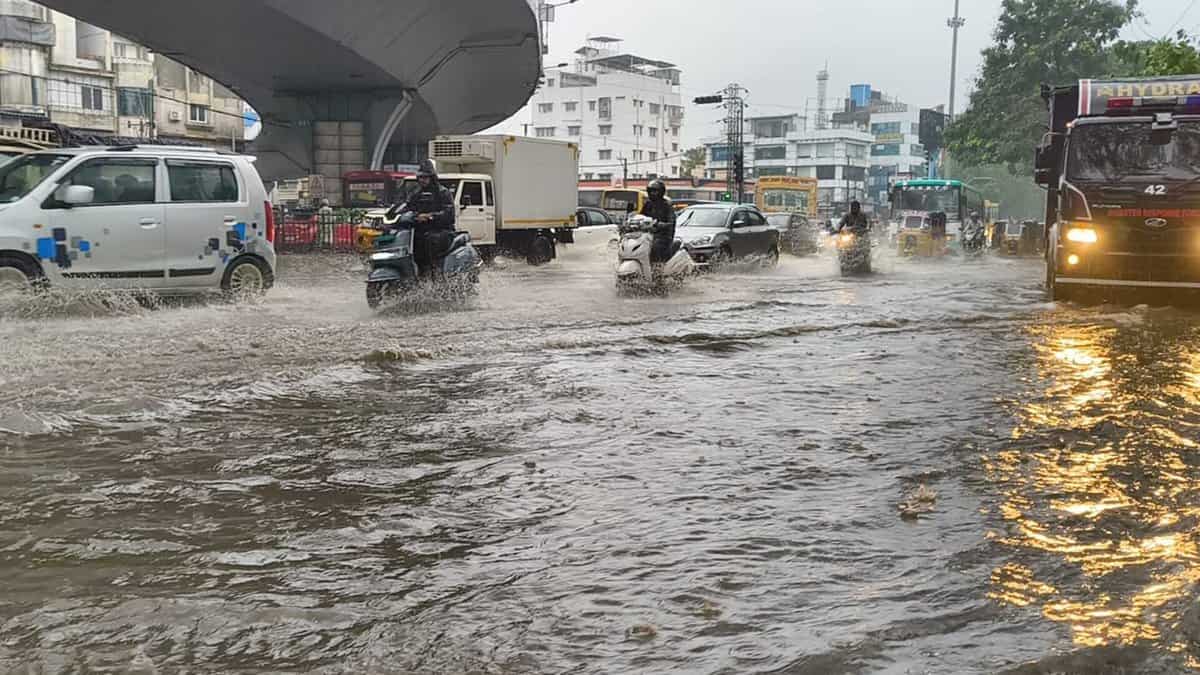It won’t be available to everyone just yet but Google Photos has started rolling out a new feature that lets you turn your normal photos into Ultra HDR images. These “High Dynamic Range” photos capture a much wider range of brightness levels and produce images with more detail and color range.
As reported by Android Authority, this feature has been hidden in the app for a while and just recently started appearing for select users. To see the effects of HDR, you need to view your photo on an HDR display. There are plenty of smartphones that have displays like this, such as the Google Pixel 9a, Samsung Galaxy S25, or OnePlus 13R, which will let you appreciate your upgraded photos right on your phone. If your screen isn’t HDR, however, you’ll still be able to convert your photos and view the results when you put it on a different display.
To check if you have access to the new feature already, make sure you’ve updated to version 7.24.0.747539053 of Google Photos. The Ultra HDR option should be in the “Adjust” menu, along with all the contrast, brightness, and tone sliders. If you see, “HDR Effect” instead, it means you don’t have the update yet. This older effect may still have “HDR” in the name but it only adjusts brightness and shadows to give your photo more of an HDR look (while the photo itself remains SDR).
The new feature does something entirely different — it adds a “gain map” to your photo that stores extra brightness information for HDR displays to use to add extra dynamic range to your photo. If you have an HDR display and want to check out the difference, Android Authority has uploaded before and after images on GitHub.
However, this is still different from actually capturing a photo in HDR. When you take an HDR photo, your phone actually snaps three photos at different brightness levels and then merges them together. So, technically speaking, Google isn’t converting your image into a true HDR photo, but rather adjusting it and adding more information so HDR displays can do more with it than they would be able to otherwise.
We don’t know yet how Google generates the extra information for the gain maps, and we don’t know everything about how the conversion feature affects your photos. If you’re going to experiment with this feature right now, it could be a good idea to duplicate your images first to ensure you don’t lose or permanently change the original.
















































